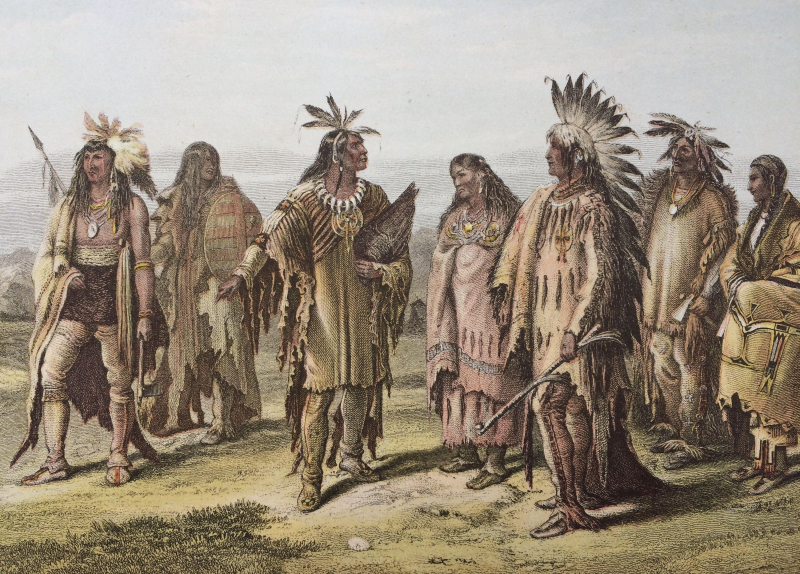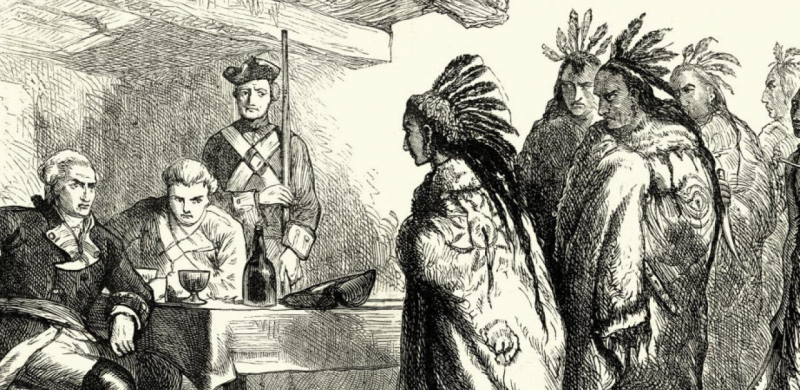The Oneidas And Tuscarora Joined The American Revolution, While The Other Five Tribes Sided With The British, Dividing The Iroquois Confederacy Of Native Americans
The Six Nations were generally successful in upholding their neutrality for the majority of the French and Indian War. The Confederacy cemented its alliance with the British as the war's conclusion drew closer. The Six Nations, however, would be under pressure from the American Revolution that they could not withstand. The bulk of the Oneida people and some of their Tuscarora descendants chose to support the American cause, although the majority of the Confederacy ultimately continued to support England. Sir William Johnson's efforts had a significant role in the Six Nations and England's alliance. On the other hand, Rev. Samuel Kirkland played a role in the alliance between the Americans and the Oneidas.
Geographically speaking, the Oneida lived on territory in central New York and were closest to the eastern seaboard. They developed into the Iroquois Confederacy's most steadfast supporters of the Patriot cause. The Oneida's decision to side with certain allies was also influenced by their loss of sovereignty under the British. Sir William Johnson had overstepped his authority during discussions for the Boundary Line Treaty of 1768 (held at Ft. Stanwix), eventually wearing the Oneida down and getting their consent to expand the boundary line further into Oneida territory. Johnson also hindered the Oneida's progress toward self-sufficiency, turning down their request for a blacksmith to be stationed in their villages to do repairs right away. The Tuscarora, who were helped by the Oneida to gain entry into the six nations, had groups that backed opposing sides in the struggle and shared reservation ground with the Oneidas after the fighting before receiving their own designated place












